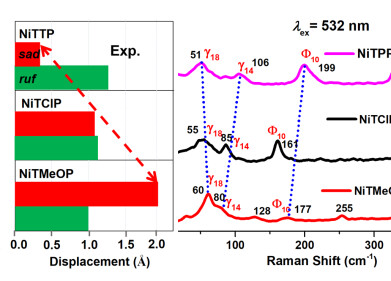Mass spectrometry & spectroscopy
Where Does Salmonella Come From?
Jun 01 2022
Over the past few months, leading British supermarkets such as Tesco, Waitrose, Sainsbury’s, Aldi and M&S have issued product recalls in response to Salmonella outbreaks. The bacteria lives in the guts of warm-blooded animals and is usually transmitted by food and water. In humans, infections can cause symptoms such as diarrhoea, stomach cramps and fever. Most cases are mild and pass within four to seven days, though some cases are more serious and can require antibiotics or lead to hospitalisation.
So, where exactly does Salmonella come from? Below, we take a closer look at the Gram-negative bacteria, where it thrives and what common products to watch out for.
Chicken and poultry products
Around the world, chicken is a major source of Salmonella. Even in safe and hygienic environments, the Centres for Disease Control and Prevention (CDC) warns chickens can carry Salmonella bacteria. When transferred to products such as eggs and raw poultry, Salmonella can infect humans. Recently, cases of Salmonella food poisoning in the UK were so high the Food Standards Agency (FSA) was forced to release a nationwide warning for frozen raw breaded chicken products.
Food analysis researchers are working hard to address the problem, with a team of Brazilian and British scientists recently investigating the link between Salmonella vaccines for poultry and antibiotic-resistant bacteria.
“Through our genomic detective work, we have tracked how changes in chicken rearing in Brazil have changed the profile of Salmonella bacteria found circulating within the poultry industry,” explains Alison Mather, a researcher at Quadram Institute Bioscience in the UK. “Whilst this poses no immediate health risk to importing countries like the UK, the bacteria were resistant to antimicrobial drugs, and this highlights the importance of taking a 'One Health' approach that sees the connections between the health of people, animals and the environment, especially when assessing global food supply chains.”
Chocolate and dairy products
While chocolate is not typically a source of Salmonella, outbreaks do occur. In the lead up to Easter, Italian chocolate giant Ferrero issued a recall for popular products from its Kinder range after detecting Salmonella in some products. Health officials believe the outbreak was caused by contaminated milk used in the manufacturing process.
Fruit and vegetables
Salmonella lives in the guts of warm-blooded animals, which means it’s usually excreted in faeces. When contaminated manure is used to fertilise fruit and vegetable crops consumers are at risk of contracting a Salmonella infection.
Salmonella isn’t the only concern for consumers. In the UK, Campylobacter bacteria is a leading cause of foodborne illness. Often contracted from contaminated poultry, the bacteria cause a gastrointestinal disease that can result in diarrhoea and vomiting. Escherichia coli (E. coli) is another bacterial strain found in food and water. To find out more about Salmonella, Campylobacter and E. coli, don’t miss ‘Bacteria in Food - Types, Testing & Problems’
Digital Edition
ILM 50.2 March 2025
March 2025
Chromatography Articles - Effects of small deviations in flow rate on GPC/SEC results Mass Spectrometry & Spectroscopy Articles - Waiting for the present to catch up to the future: A bette...
View all digital editions
Events
Mar 17 2025 Milan, Italy
Mar 18 2025 Beijing, China
Mar 20 2025 Brussels, Belgium
Mar 20 2025 Chandigarh, India
ACS National Meeting & Expo, Spring 2025
Mar 23 2025 San Diego, CA, USA



















